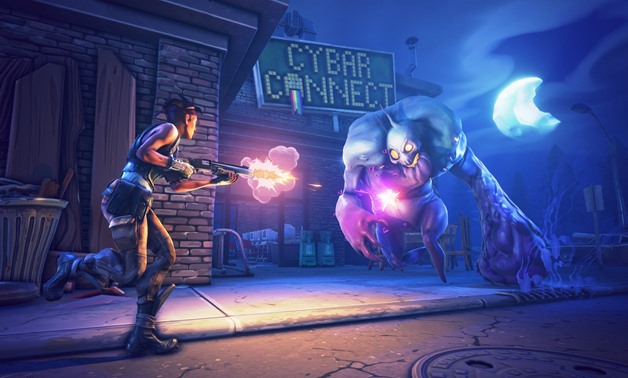
Gamers In Beta Podcast 209: Beat it for Hours – BagoGames - Flicker
CAIRO – 3 November 2017: Most people see gaming as an activity that cannot present itself as anything more than a hobby, but all this is about to change as gamers have just proved themselves worthy in a new territory, where they contribute to the well-being of the world’s less fortunate countries.
The problem was detected more than 50 years ago with Aflatoxins, a carcinogenic component produced by molds that grow on crops such as peanuts and corn. While high-levels of Aflatoxin-contamination can cause death, eating crops with lower levels of contamination over a long period of time can cause dangerous negative effects on health such as immune system problems or even heightening the risk of liver cancer, according to the Smithsonian. Yet, it has been quite difficult for scientists to solve the Aflatoxins’ riddle and come up with a stable enzyme which would help degrade Aflatoxins.
This might not be a big problem for first world countries such as the United States, which have figured out a way to scan for and detect Aflatoxins and implement regulations concerning the maximum amount of Aflatoxins in crops; but less fortunate countries with less advanced technology are still at great risk, with around 4.5 billion people unprotected against Aflatoxins.
This is where “Foldit” can help. “Foldit” is a video game project developed by computer scientists at the University of Washington and Northeastern University to challenge gamers to find ways to crack the code of microscopic matter and help proteins fold up in their most stable and most useful state. As a start, players were given a puzzle which— if solved— could help scientists create the actual, stable Aflatoxin-degrading enzyme.
Why gamers? As it turns out, gamers are better at recognizing spatial relationships than non-gamers. In fact, they are even better than computers that have been programmed to do so, as gamers’ pattern recognition skills allow them to have a better imagination and, unlike computers, they can think in unconventional, unexpected ways, as Justin Siegel, a chemist at UC Davis involved in the project, told the Smithsonian.
“In essence, the video game is looking to capture human imagination in ′what could be’ for the protein structure,” adding, “it provides real-time feedback on the likelihood that the structure as envisioned by the player would be physically possible.”
Comments
Leave a Comment